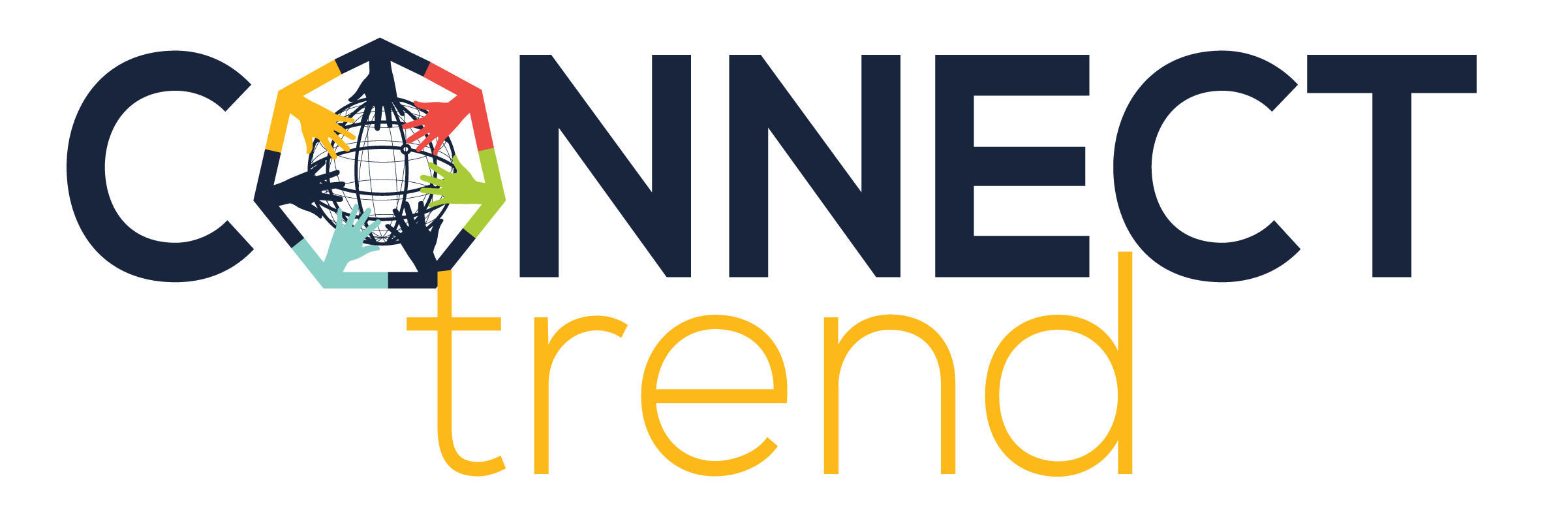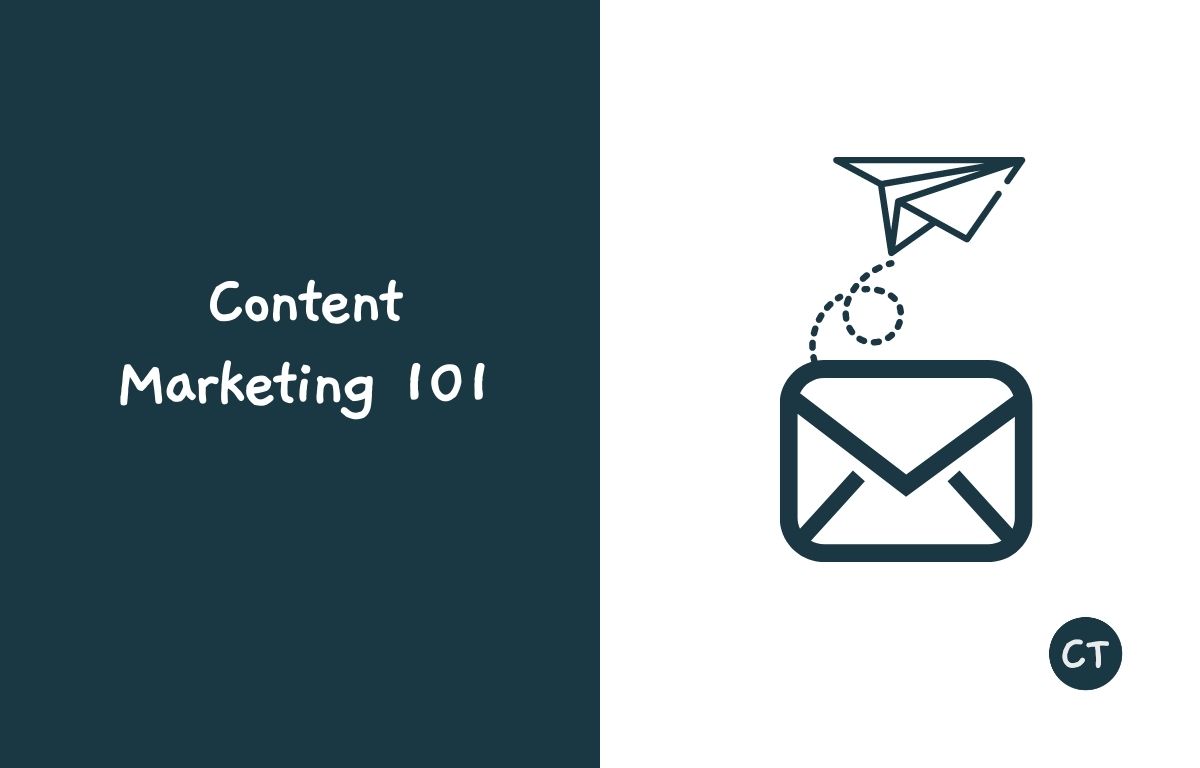“Content is king.” You’ve probably heard that many times, and there’s a reason for it, obviously. Without great content, your website simply is not going to be successful.
Think of content like a magnet. Every piece of content you create is going to attract search engine spiders and, ultimately, visitors. Without that content, you’re not going to attract a thing.
Of course, content is expensive and time consuming to make. It takes time to think of topics, research them, and write long, quality articles complete with other forms of media like videos and pictures.
In this particular guide, we’re going to focus on content marketing as far as blogging and other similar content sites go. Specifically, we will focus on content marketing as far as SEO, social, and viral marketing, and using that content to drive traffic and sales.
You’ll learn the easiest ways to create content without wanting to pull your hair out over the obscene amounts of time and money it usually takes to create great content! So let’s get started.
What You’ll Learn:
- Defining Your Purpose
- Planning Your Content
- Creating Killer Content
- Easier Content Creation
- Using PLR
- Other Media Types
Defining Your Purpose
The most important thing you can do – the one thing you really MUST do before you develop another piece of content – is to define the one main purpose you have for creating content.
This could be to:
- Drive sales to affiliate products
- Drive sales to your own products
- Get clients for your services
- Increase your blog subscriber base
- Increase your email subscriber list
You may want to do several, or even ALL of these things at some point, but for now you need to figure out what your main purpose is for creating the content you’re working on.
Why is this such a critical step?
Because you need to figure out exactly what to promote within each article, because you can’t have a dozen calls-to-action in each post you make on your blog or website.
You will want to include one main call-to-action in every post you make. Whether this is asking people to join your email list or buy a product or whatever else, you need to include this in every article.
Does it have to be the same one in every article?
Absolutely not!
Let’s say you make a post on container gardening. You could definitely link to a squeeze page that offers a beginner’s guide to container gardening as your lead magnet.
Then you make a post on urban gardening. You could create a different lead magnet specifically on the topic of urban gardening.
You obviously won’t want to have a different lead magnet for every single article you write. That would get ridiculous pretty quickly. But the closer your lead magnet is to the exact topic of your article, the more effective it will be.
Here’s another example:
Let’s say the product you have to promote is a build-your-own greenhouse kit. That may be the ultimate product you’d like to promote, but is it the best thing to promote on every single article you create? Probably not.
What if you write an article on how to grow a garden on an apartment balcony?
If you were to promote a build-your-own greenhouse kit in an article on apartment balcony gardening, the odds of making a sale would probably be pretty bad.
The average apartment dweller simply doesn’t have anywhere to put a greenhouse, even if they’d very much like to have one.
As you can see, it’s important to think about the purpose of your content before you create it. If that build-your-own greenhouse kit is your product, and the absolute main purpose of your website, you probably wouldn’t even want to write that article on balcony gardening at all, because this market is NOT your target market.
Once you’ve figure out your main purpose for all the content you create, it’s time to start planning your content. (And planning is an important step!)
Creating Killer Content
Once you’ve created your content plan, it’s time to start creating the content itself. Remember that you must keep your main goal in mind at all times so that you remember to place those calls-to-action in every single article.
What calls-to-action might you have?
- A lead magnet to get an opt-in subscriber
- A link to purchase a product
- A request to follow you on a particular social media property
- A request to leave a comment on the article
- It could even be a link to another related piece of content on your site or someone else’s
These calls to action should all support the purpose you defined earlier. Whether it’s to grow your traffic, sell a product, get more opt-ins, or whatever else you’ve decided your primary goal happens to be.
Each piece of content you create should also somehow support that particular goal. For example, if your main goal is to promote your knitting patterns membership website, you probably wouldn’t want to create content on jewelry making. (Unless you have a secondary jewelry-making product you can promote.)
Don’t create content simply because you think it will bring traffic to your website unless traffic is your ultimate goal. (And it may be if your goal is to get the highest possible traffic to meet a specific goal, such as bragging rights or because you intend to sell the site later.)
All content should directly support your main goal, so keep that in mind.
If you’re struggling to think of topics, you can browse other similar sites in your niche, as well as social media websites, to see what is currently popular.
Pinterest is a great place to find out what’s currently trending in your niche, because you can take a look at the popular section as well as seeing which articles have been re-pinned the most.
Looking at other sites in your niche will also help you with the next topic we will discuss, which is creating content without having to write something unique every single time.
Easier Content Creation
Content creation can be incredibly expensive and/or time consuming if you create 100% unique content all the time. The trouble is, you really need unique content if you hope to rank well in the search engines.
But there’s good news. You can actually turn other people’s content into unique content without plagiarism, without spinning, without theft, and without a lot of time involved.
The answer is curating content, and there are a number of ways to do this. Let’s take a look at a few ways you can benefit from other people’s content.
- Roundups – Create lists of related posts from other websites. For example, you could make a post called “The Top 10 Ways to Save Money on Plane Tickets”. Then you’d link to ten different articles on the topic on different websites.
- Lists – This type of post is easy, because all you have to do is think of several similar things on a particular topic and list them. For example, “10 Essential Lures for Bass Fishing.”
- Videos – You can embed a YouTube video into a page on your website and give a short description of the video. Your description is unique content, but you don’t have to create any actual content yourself other than the description or summary of the video.
- Single Article Curation – Link to a single post on another website with a short description.
- FAQ Posts – Create a list of frequently asked questions on a specific topic and link to articles that answer each one.
- People to Follow – Create a list of blogs, websites, YouTube channels, social media profiles, etc. in your niche.
- Comparisons – Create lists of multiple similar items and compare and contrast the items. For example, “Which Brand of Painter’s Tape Works Best?”
- Profile Posts – Write a quick profile about someone who is important in your niche and then link to a more in-depth article about the person.
These are a few ideas of the types of posts you can make without creating a ton of original content yourself.
Using PLR
Don’t forget about PLR content. Private label rights content is written by someone else and the rights are sold to individuals for use on their websites or other projects.
PLR content should NOT be used as-is. This may have worked at one point, but Google and other search engines are much wiser now. There simply is no room for untouched PLR.
The same holds true for “spun” content, where the same content is spun into multiple versions using software that substitutes words and phrases in the article for similar ones. Google can spot spun content easily, and there’s a good chance your site will get penalized if you use it.
Instead, you can use PLR content as a basis for your articles, combining multiple PLR articles into a single article, or perhaps splitting a single PLR article into multiple articles by expanding on several topics within the article, each in its own new article.
You don’t want to use PLR content as it is, but that doesn’t mean you can’t use it to generate ideas. Just turn your PLR into something totally new by putting your unique spin on it.
Other Media Types
Don’t forget that articles are not the only type of content you can create. There are other media types that will help attract traffic to your site, too.
Remember that images and video are much easier and more popular to share than written content, so it’s a great idea to include those media types on your site. It’s much easier for visual content like pictures and videos to go viral, and ultimately viral content is key, because it draws more traffic in than content that is not so shareable.
If you don’t know how to create your own quality images and videos, you can easily use OPC (other people’s content) to draw this type of traffic. As we looked at earlier, you can use OPC in your own posts by simply embedding their content or linking to it. This will increase the sharability of your own content.
Here are some different ideas for other media types you might want to use:
- Infographics (stats, charts, etc.)
- Picture collages
- Memes (pictures with funny sayings)
- Inspirational images (pictures with inspirational quotes)
- Videos
- Audio
- PDFs
Final Thoughts
Content is undoubtedly critical for any website. Without content, you’re just not going to get the kind of traffic you’re hoping for. Content is the backbone, the very foundation, of the internet.
As you’ve seen, you don’t have to spend a lot of time or money creating content. Having a solid editorial plan, combined with content curation, makes creating great content a breeze.
Remember:
- Always remember your primary goal when creating content
- Always create content people will want to share
- Combine other forms of media with written content
By keeping these things in mind, you will start getting more traffic, because you’ll be creating content people will want to share.
Plus, by using OPC (other people’s content), you will be able to focus on content that’s already gone viral, making it more likely that your own content will be shared wide.
Best of luck with your content creation efforts!
Discover The Best Way to Build a
Passive Stream of Income!
If you’re ready to finally stop being a slave to the system and start working for yourself, just click the button below. This is your chance.
Like this article?
Share on FacebookShare on Twitter
Share on Linkdin
Share on Pinterest

